The Ripple Effect
-News and Commentary-
Locked and Loaded: How America's Gun Obsession Is Rewriting the Meaning of Freedom
- Home
- News and Commentary
- Locked and Loaded: How America’s Gun Obsession Is Rewriting the Meaning of Freedom
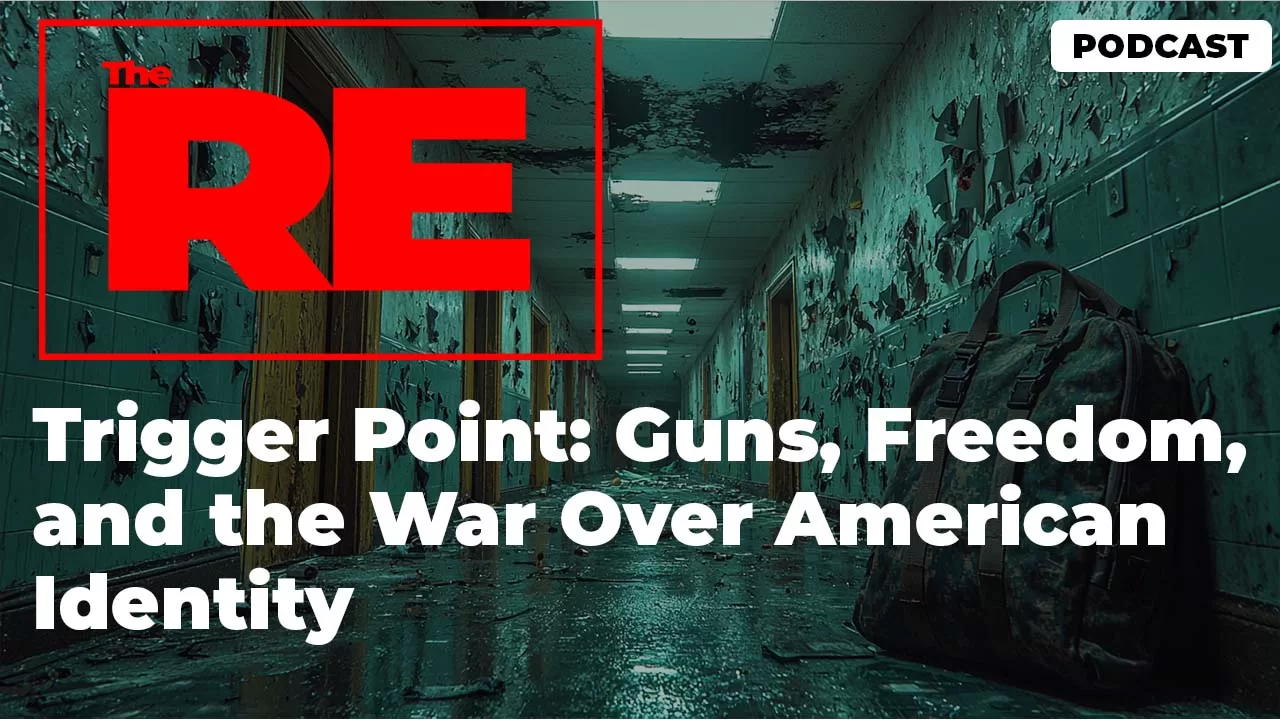
This is not breaking news. We don't report the news. We Unpack it. Explain it. And analyze what it means.
Click this button to add us to your home screen.
There’s a strange thing about the gun debate in America: everybody claims to know what it’s about, but almost nobody’s talking about the real thing.
It’s not just the shootings, though they keep happening. It’s not just the laws, though they’re inconsistent across states. And it’s not even about the Constitution—not really. It’s about belief. About identity. About what people want to be true about the world they live in.
To the conservative mind, the gun represents a promise, that no matter what chaos is happening out there, no matter who’s in office, or what the system decides to do, they’ve still got a measure of control. A way to defend themselves. A way to stand up. And underneath that is often fear: fear that the world is getting worse, that danger is around every corner, that if you don’t protect yourself, no one else will.
To the liberal mind, the gun represents a failure, proof that this country refuses to evolve, refuses to prioritize human life over hardware, refuses to admit that what was written in the 1700s might not fit a world where children are doing lockdown drills. Underneath that is also fear: fear that someone’s rage, ignorance, or instability might end up becoming your child’s last memory.
And here’s the problem: both sides think the other side’s fear is irrational.
Conservatives often look at liberals and say, “You’re letting emotion dictate policy. You’re trying to legislate away the dangers of life.”
Liberals look back and say, “You’re so scared of losing your autonomy, you’ve made violence a virtue.”
Neither side fully trusts the other to be honest, to be fair, or to be capable of compromise. And if we’re being real? That’s not just about guns.
That’s about everything.
But when it comes to guns, the divide is sharper—because there’s no halfway point. You either think more guns equal more safety, or you think more guns equal more danger. You either believe regulation is oppression, or you believe it’s protection. You either trust the system, or you don’t.
And that’s why it’s so damn hard to move forward.
This isn’t just a policy disagreement. It’s two worldviews that no longer speak the same language. One side thinks “freedom” means being armed enough to fight tyranny if necessary. The other thinks “freedom” means not being afraid to send your kid to school.
And neither of those definitions leaves a lot of room for nuance.
But let’s be honest—this isn’t just about ideological purity.
It’s about power.
It’s about control.
And it’s about who gets to set the tone for what freedom really looks like in this country.
Because the right to bear arms doesn’t exist in a vacuum. It exists inside a culture. A political machine. A media ecosystem. A personal identity.
And once it becomes part of who you are—you can’t compromise on it without feeling like you’re giving up a part of yourself.
That’s the real reason this debate doesn’t move.
It’s not gridlock. It’s identity lock.
And the longer we keep treating it like a policy problem instead of a cultural reckoning, the more stuck we’ll stay.
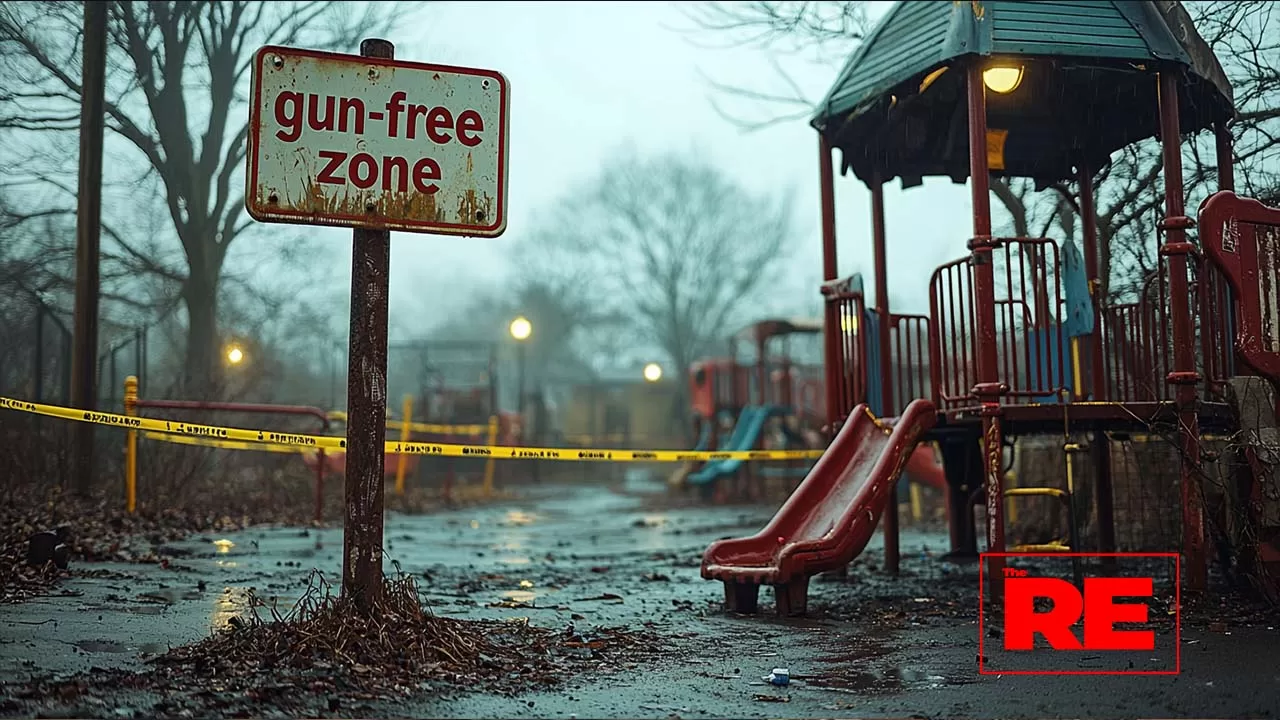
Here’s the truth I’ve come to accept: fear is the real ammo behind every argument about guns in this country.
It’s not always obvious. It’s not always loud. But it’s always there—just beneath the surface. And no matter how different the language, the lifestyle, or the zip code, that fear is driving both sides.
But what makes this dangerous is that the fear isn’t being processed—it’s being weaponized. And the people doing it? They’re professionals. Politicians, lobbyists, culture warriors—they’ve all learned how to take our anxiety, wrap it in identity, and sell it back to us as belief.
And it works.
Let’s start on the conservative side. Because honestly, that’s where the narrative has been the most aggressively shaped—and the most stubborn.
According to Pew Research, 81% of conservative Republicans say owning a gun is essential to their personal freedom. Not helpful. Not important. Essential. That’s not just a statistic. That’s a worldview.
And I’ll be real—when I hear that, I don’t automatically roll my eyes. I pause. I think. Because I know what it’s like to want control. To want to feel safe in a world that doesn’t always make sense.
A lot of these folks don’t trust the system. And I get that. Hell, I don’t trust the system half the time. So for them, owning a gun isn’t about looking tough. It’s about not feeling helpless. It’s about insurance—against collapse, against crime, against being powerless.
But there’s a flip side that people don’t talk about: overcompensation.
The average gun owner owns five guns. And while that might make sense for a hunter, a collector, or someone in security—there’s a line between preparedness and paranoia. And we passed it.
There are more guns in America than people—393 million firearms for a population of 330 million. And half of those guns? They’re owned by just 3% of adults.
That’s not security. That’s stockpiling. That’s building a fortress mindset where the solution to every threat is “buy another one.” And the industry eats it up.
Organizations like the NRA figured this out decades ago. Once just a sporting club focused on marksmanship, the NRA morphed into a multi-million dollar political machine. They pull in over $200 million a year—and most of it goes toward making sure nothing changes.
They don’t talk about safety anymore. They talk about government tyranny. They talk about “defending the Second” like it’s a battlefield.
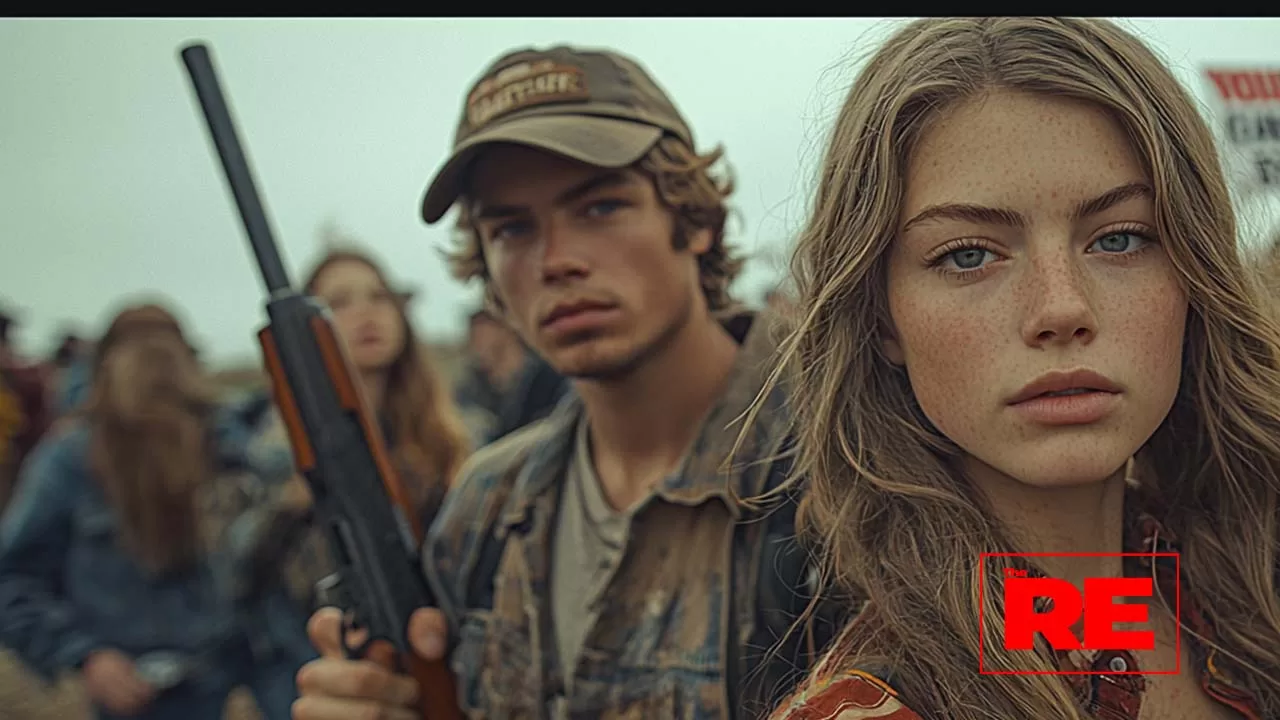
And every time there’s a mass shooting—sales go up.
Let that sink in.
After Uvalde. After Parkland. After Vegas. Every time someone walks into a public space with an AR and shatters the country’s sense of safety, people don’t stop buying—they rush to the store. In 2020 alone, during COVID and social unrest, Americans bought 23 million guns. And 5 million of those were first-time buyers.
Why?
Because fear sells.
And the more you’re told “they’re coming for your rights,” the more you believe you’re under attack.
On the flip side, you’ve got liberals. And I’m not gonna lie—this is where I live most of the time. But even here, there are blind spots.
To the liberal mindset, the gun isn’t power—it’s vulnerability. It’s the wild card. The uncontrollable factor that turns an argument into a tragedy. Liberals don’t see guns as tradition. They see them as a systemic failure we’ve never corrected.
And when you look at the numbers? That view makes a lot of sense.
The U.S. makes up 4% of the world’s population, but accounts for 35% of all global mass shootings. Guns are now the leading cause of death for children and teens in America—not disease, not accidents, not drugs. Guns. States with higher gun ownership have higher gun deaths. That correlation is real, year after year. Meanwhile, states with stricter laws, like New York or Massachusetts, consistently have the lowest gun death rates in the country.
So yeah—when liberals say “common-sense reform,” it’s not coming from nowhere. They’re watching kids get gunned down in schools. They’re watching grocery stores, churches, nightclubs, concerts all turn into scenes of carnage. And they’re wondering why nothing moves.
And here’s what makes it worse: the people want change.
A 2023 Gallup poll found that 92% of Americans support universal background checks. 89% support red flag laws. 81% support raising the minimum gun purchasing age to 21.
We agree. The people agree.
But nothing happens.
And that’s when the frustration becomes moral. When liberals stop trying to legislate and start calling it what they see: cowardice. They believe regulation isn’t just policy—it’s proof that a society values life. And when it’s missing, they see it as negligence.
But this side has its flaws too.
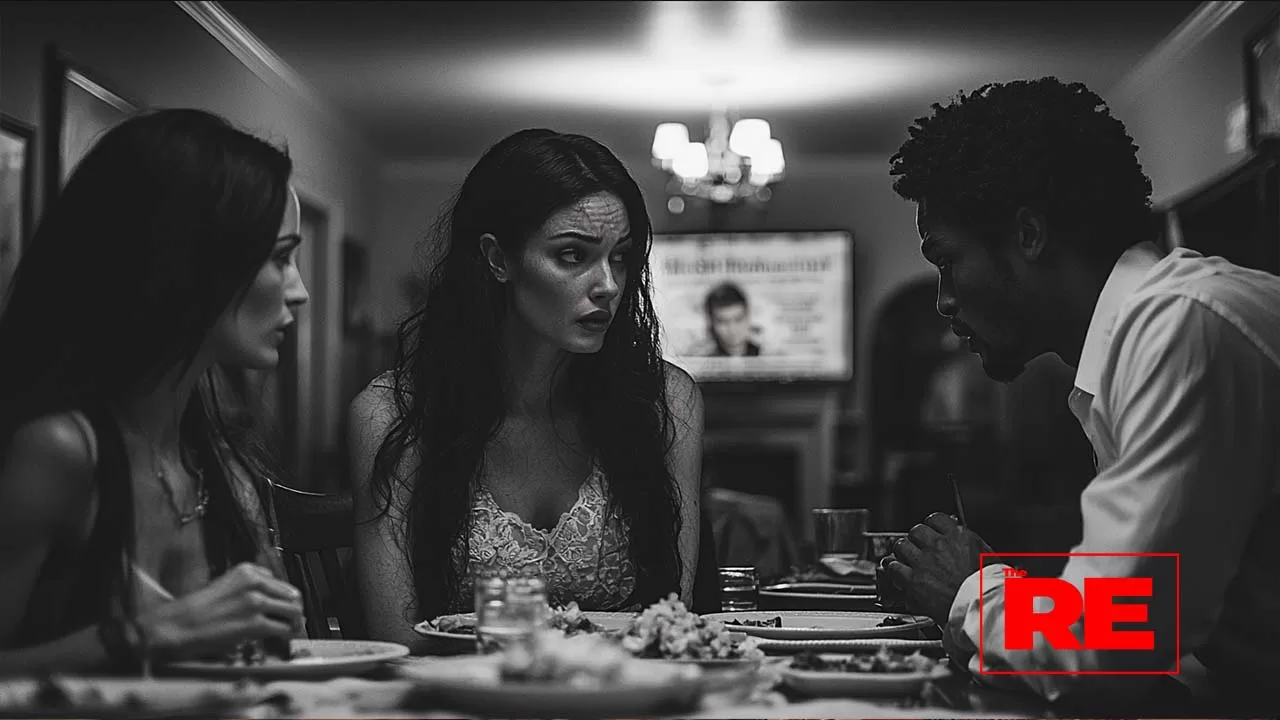
Liberals often come across as condescending—especially to folks who grew up around guns. They write off rural culture. They mock it. They assume that anyone who’s not ready to hand in their weapons must be “brainwashed by Fox News.”
But people don’t abandon their beliefs just because you shame them. They dig in. They get louder.
And sometimes, the liberal stance lacks consistency. One day it’s “defund the police,” the next it’s “only cops should have guns.”
But how can you trust a system you say is broken… and then want that same system to hold all the firepower?
That’s a contradiction people feel, even if they don’t say it out loud.
Now here’s where I really live—the middle.
Not politically neutral. Not centrist in the weak way. Just real. Practical.
Most people I talk to aren’t extremists. They’re not trying to ban everything. They’re not trying to militarize their neighborhood. They just want balance. They want their rights respected and their lives protected.
And what’s wild? Most Americans agree on the fundamentals. Mental health screenings for gun owners? Yes. Red flag laws? Yes. Waiting periods? Background checks? Raising the age to 21? All yes.
But the voices pushing for balance don’t get airtime. Because balance doesn’t fundraise. It doesn’t go viral. It doesn’t fire up a base.
And so the extremes keep the microphone. And the rest of us are left whispering logic in a room that’s too loud to hear it.
So while the left and right stay locked in ideological warfare—each accusing the other of destroying the country—the truth is that most people want the same thing: a world where the gun isn’t the center of every conversation. Where it’s not a status symbol, a threat, a fear, or a performance.
Just something that exists—safely, sanely, and with real accountability.
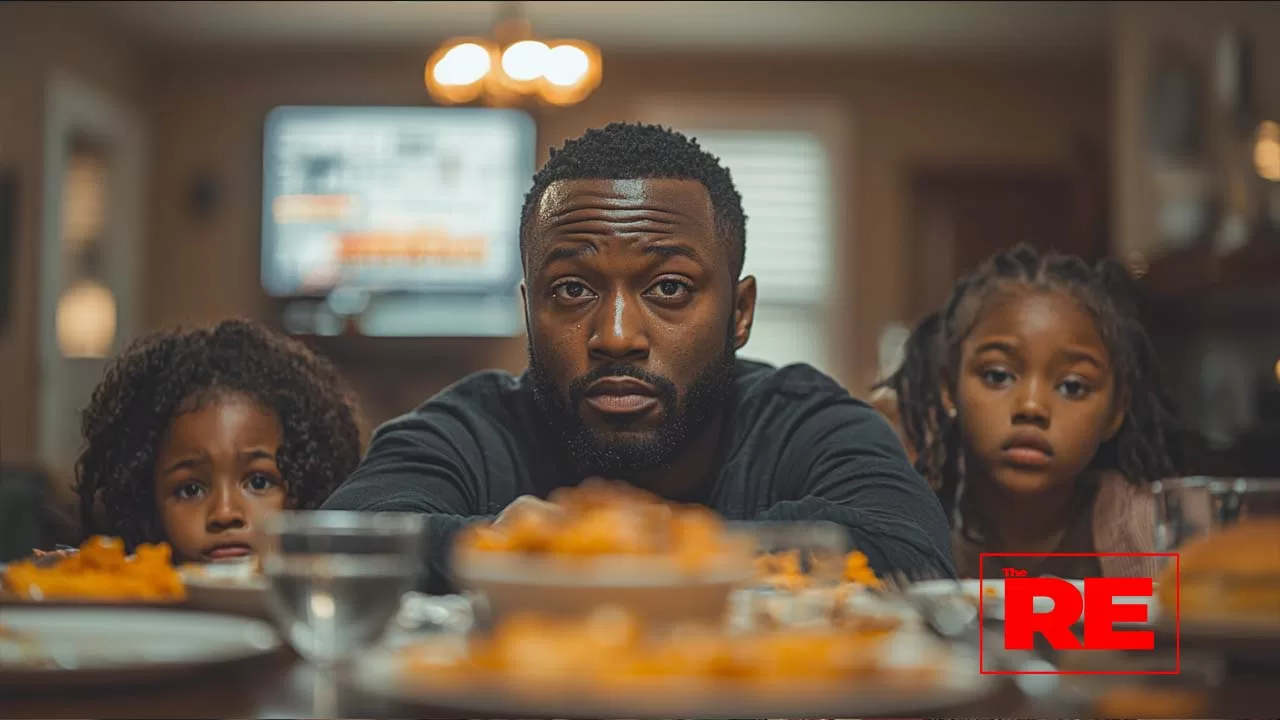
There’s a point where the numbers stop feeling real. Where tragedy becomes routine. And that’s the scariest part.
Because the more we argue about what guns mean, the less we talk about what they do.
I’ve stopped counting how many school shootings I’ve read about. How many times I’ve seen footage of kids running from classrooms, parents sobbing outside police lines, and politicians standing in front of cameras saying the same recycled lines.
“This is not who we are.”
“Now is not the time for politics.”
“Our thoughts and prayers are with the families.”
But it is who we are.
And now is the time for politics—because we’re dying while they stall.
Guns are now the leading cause of death for children and teenagers in America. Let that sit in your chest for a second. Not cancer. Not car crashes. Not drugs. Guns. According to the CDC, more than 4,700 kids were killed by guns in 2021 alone—and that number isn’t dropping. It’s growing.
We’ve become a country where children are trained to survive shootings before they’re taught long division.
Where teachers carry trauma they didn’t sign up for.
Where lockdown drills are as routine as fire drills, and no one blinks when they hear about a “code red” at a local elementary school.
And somehow, we’ve decided this is normal.
But it’s not just schools. The ripple hits everywhere.
Movie theaters. Grocery stores. Churches. Nightclubs. Parades. Offices. Parking lots. Gas stations. Malls. Nail salons. Public parks. Subway cars.
There’s almost nowhere left where someone hasn’t pulled a trigger in public and changed a hundred lives in less than ten seconds.
And here’s what they don’t tell you: the damage doesn’t stop when the shooting ends. Survivors don’t just heal. They live with the echo.
The sound of shots. The smell of blood. The locked jaw. The hypervigilance. The fear of crowds. The guilt of survival.
We treat it like an event.
For them? It’s a forever.
We spend more time debating the right to own a weapon than we do grieving the people destroyed by them. We pass “thoughts and prayers” like loose change. We normalize murder with words like “tragic,” “shocking,” “unthinkable.”
But it is thinkable. It happens all the time. And not just in blue cities or red towns. Not just in one type of neighborhood.
Gun violence has no loyalty. It touches everyone.
But it hits differently depending on your zip code.
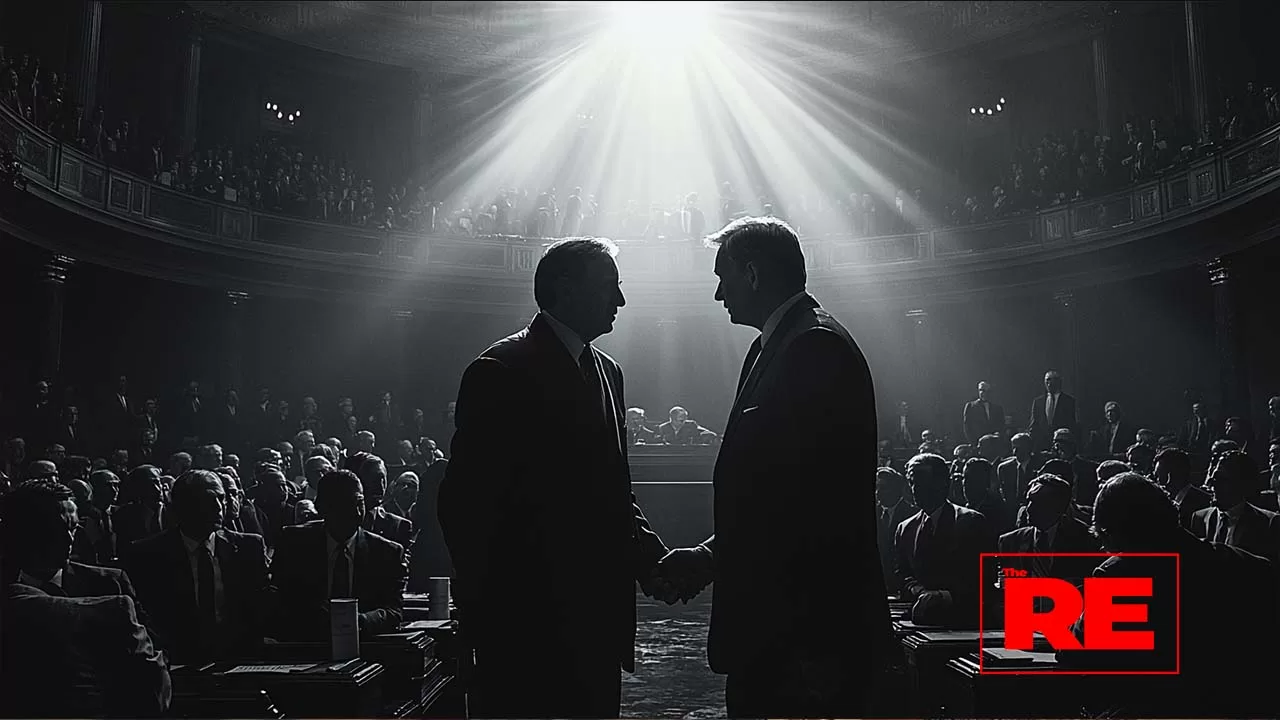
In lower-income Black and Latino communities, it’s often dismissed as “gang violence.” That phrase alone strips the human out of it. It makes the victims sound like they signed up for it. Like they deserved it. But they didn’t.
Most of them were just walking home. Sitting on porches. Leaving work. Riding the bus.
Their stories don’t trend. Their names don’t go viral. And the media rarely follows up. But they’re just as dead. Just as traumatized. Just as deserving of justice.
Meanwhile, in rural towns, suicide by firearm is skyrocketing. Quiet, isolated areas—places where the gun is a normal part of the household—are now seeing an epidemic of despair. Fathers. Teenagers. Veterans.
They’re not being killed by others. They’re using the weapon they kept for “protection” on themselves.
66% of all gun deaths in America are suicides.
We don’t talk about that enough.
We don’t talk about how owning a gun in the house increases the chance of death—not from intruders, but from yourself or someone you love.
We also don’t talk enough about domestic violence.
Women living in homes with a gun are five times more likely to be killed by their partner. Five. And yet in many states, abusers can still legally buy and keep firearms—even after restraining orders. Even after charges. Even after multiple victims.
Why?
Because we’ve built laws around fear, not prevention. Around ideology, not evidence. And the cost is measured in funerals.
And here’s what’s even wilder—we could fix this. We could reduce it.
We’ve seen other countries do it. Australia implemented a mandatory buyback after a mass shooting in 1996. Gun deaths plummeted. New Zealand banned semi-automatics after the Christchurch massacre. Canada tightened national red flag laws. Even in the UK—where police don’t carry firearms—gun homicides are almost nonexistent.
But America?
America has 4% of the global population and over 40% of the world’s civilian-owned guns. We’re in a league of our own—and not in a good way.
And every time a solution is brought to the table, someone yells, “You’re trying to take our rights!”
But nobody’s trying to take anything. We’re trying to stop the bleeding.
And I get it—people want to feel protected. They want to feel like they’re not vulnerable to the world falling apart.
But the irony is… the guns aren’t keeping us safe.
They’re keeping us stuck.
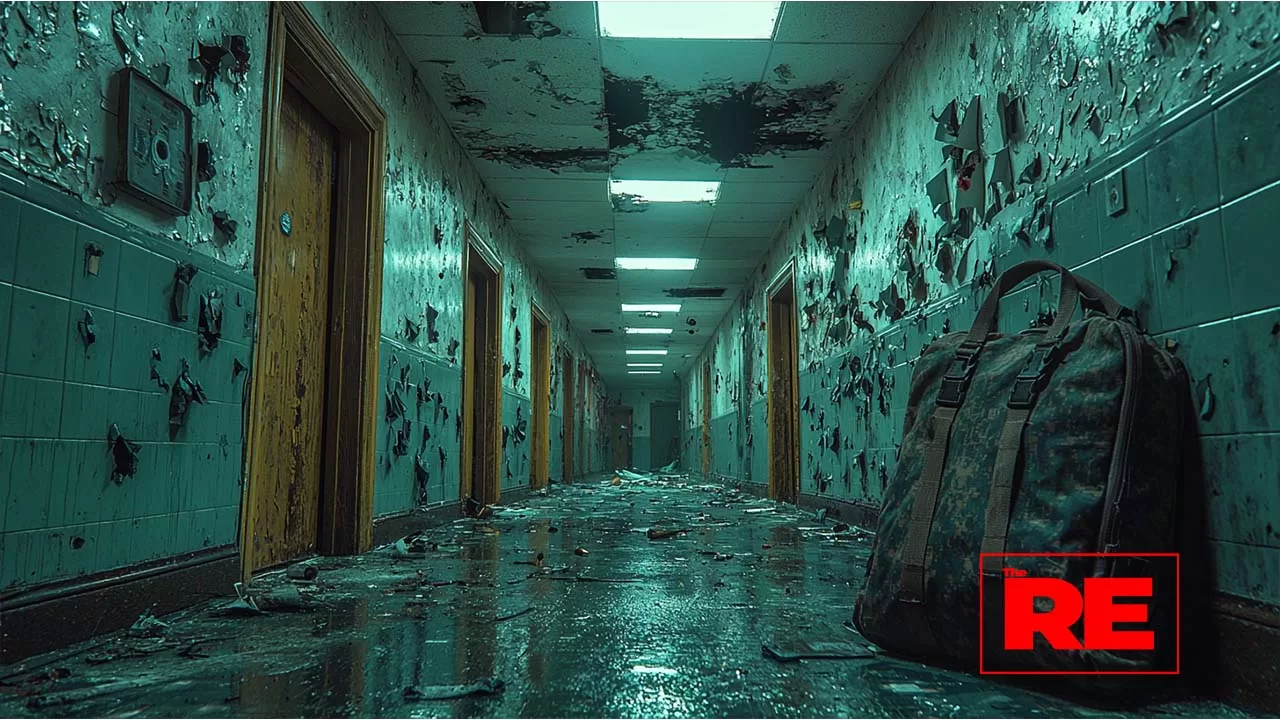
There’s a moment in every conversation about guns where it stops being about rights and starts being about who gets to define the rules of the world. That’s where we are. Because this debate? It’s not just stuck. It’s strategically frozen. And the longer we pretend it’s just about laws or liberty, the longer we avoid the real truth: we are a country more committed to the idea of freedom than the outcome of safety.
We’ve built a culture that defends the symbol harder than the people standing next to it. And that’s not freedom. That’s ego dressed in patriotism.
I’ve said it before, but I’ll say it again: we’re not really arguing about the Second Amendment anymore. We’re arguing about identity. About control. About how people see themselves in a system that constantly feels like it’s breaking underneath them. And when people feel like they’ve lost control, the easiest way to get it back is to hold something in your hand that says, “You’ll listen now.”
But the gun isn’t listening. It doesn’t negotiate. It doesn’t care if you’re liberal, conservative, Black, white, rich, poor, scared, brave, or just tired. It only does one thing.
So if we’re going to get serious about this conversation—really serious—then we have to start asking the questions nobody wants to answer. The ones that don’t fit cleanly into red or blue. The ones that don’t raise money or rack up retweets. The ones that make people uncomfortable. Especially the ones that make us uncomfortable.
Let’s ask them.
Who really benefits from keeping America stuck in this gun war? Not the families. Not the victims. Not the teachers or students or everyday people just trying to live. The ones who benefit are the manufacturers. The lobbyists. The politicians running on fear. The media channels making millions off outrage. They’ve created an entire economy around the idea that fear equals power. And guns are the product. Every mass shooting is followed by a press conference. But it’s also followed by a stock bump for gun companies. That’s not a bug. That’s the business.
What would it actually take to shift the culture? Not just policy. Not just regulation. But a full cultural realignment. It would take people realizing that safety is not weakness. That surrendering a little control isn’t the same as surrendering your freedom. That rights come with responsibility—not just legally, but morally. It would take us redefining what strength looks like. Because strength isn’t walking around with an AR-15 strapped across your chest at a farmer’s market. Strength is knowing you don’t need to.
When did fear become more American than hope? That’s the question that hits me hardest. Because it didn’t used to be this way. There was a time when being “free” meant you could build something. Dream something. Feel safe enough to raise a family, open a shop, walk to school. Now, “freedom” feels like a shield. Like a stance. Like something you have to protect violently or lose forever. We’ve let fear hollow out what freedom was supposed to feel like.
Where’s the middle ground? It’s here. It’s always been here. Most of us live in it. But middle ground doesn’t mean silence. It doesn’t mean being polite while people die. It means demanding better from both sides. Demanding smarter policy from conservatives who only say “no.” Demanding more consistent strategy from liberals who fumble the message. And demanding humanity from a system that’s learned how to operate without it.
Why are we still stuck? Because power never gives itself up. Because fear is profitable. Because outrage keeps people in place. But also? Because we let it. Because it’s easier to repost a headline than have a hard conversation at the dinner table. It’s easier to pick a side than ask yourself why you believe what you believe. It’s easier to stay comfortable than to look at a kid crying in a lockdown drill and admit: we failed her.
We talk so much about protecting the future. But we’re scared to change the present. And until that shifts, we’ll keep burying kids in the name of a freedom nobody can agree on.
One story. One truth. One ripple at a time. This is The Ripple Effect, powered by The Truth Project.
This is not breaking news. We don't report the news. We Unpack it. Explain it. And analyze what it means.
Click this button to add us to your home screen.

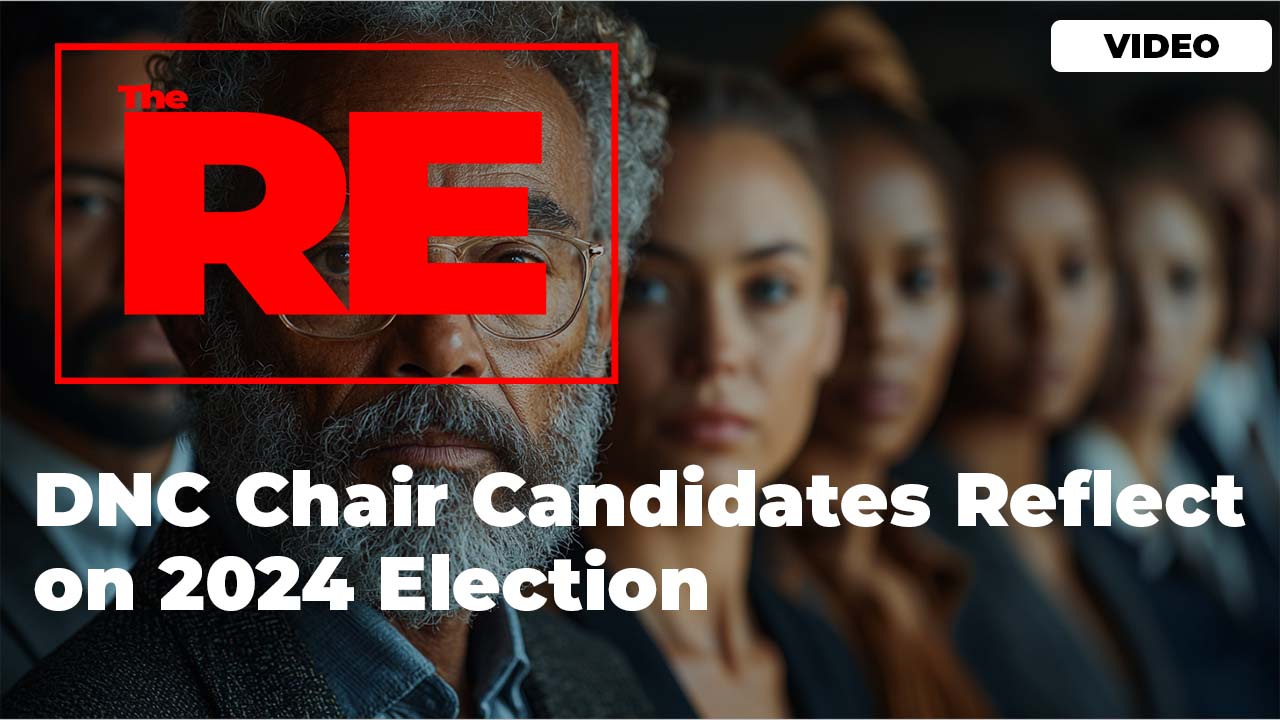

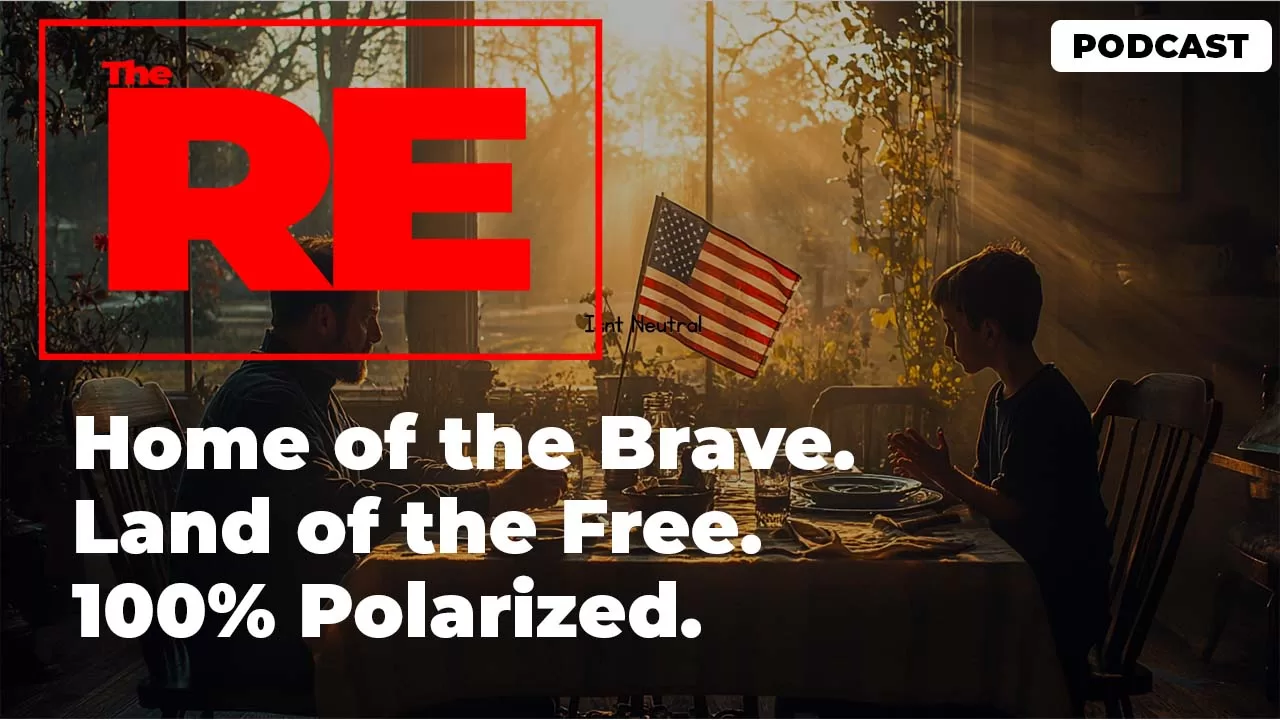

 and then
and then